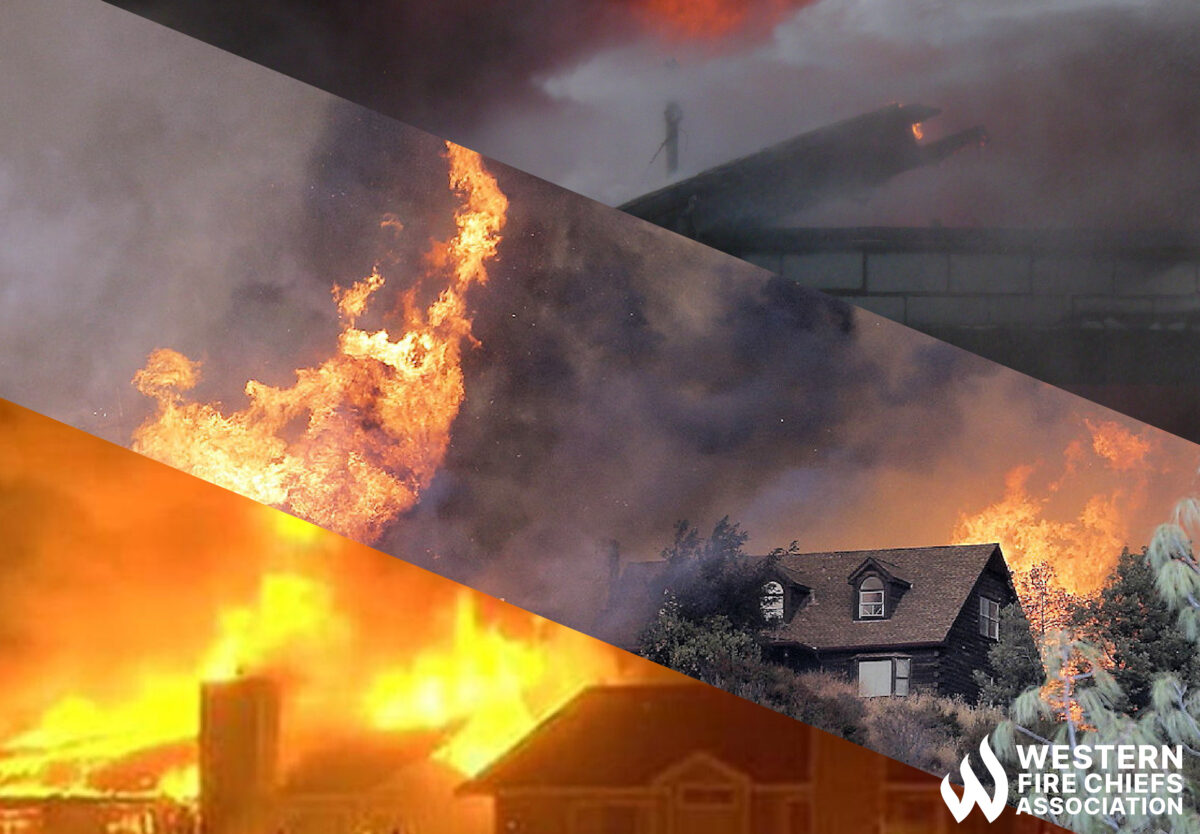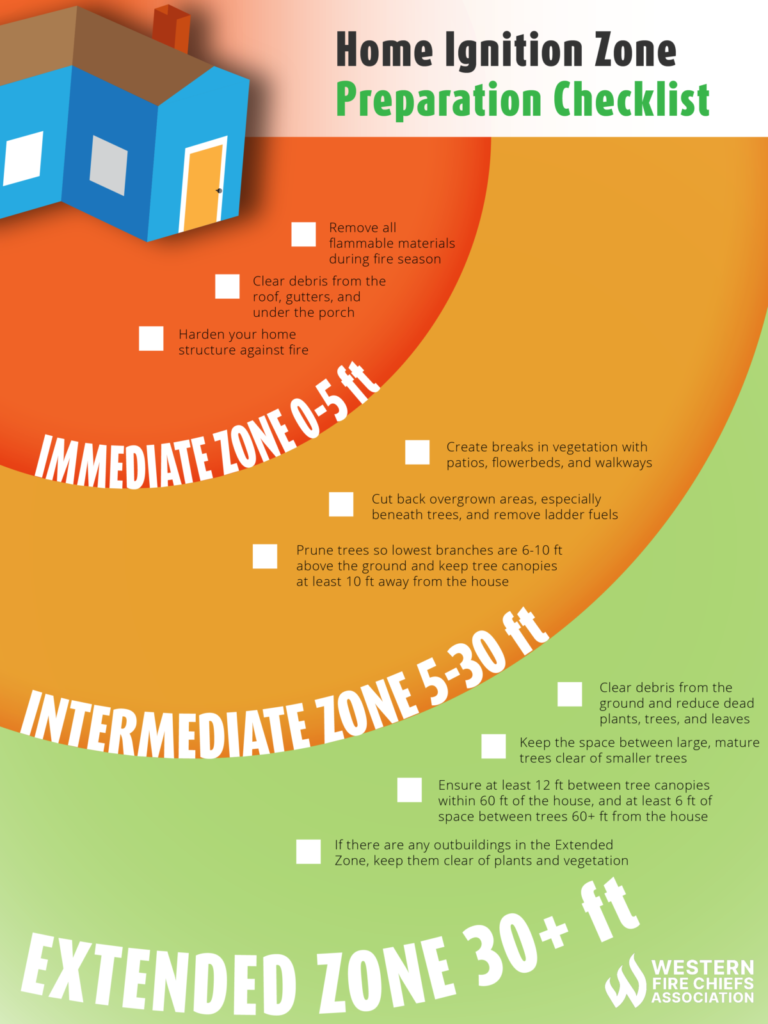Fire Pit Safety Tips
Stay safe around the campfire with tips from the Western Fire Chiefs Association. Learn essential precautions and practices for a worry-free outdoor campfire.
Learn the details and critical importance of the home ignition zone with this in-depth guidance from the experts at the Western Fire Chiefs Association.
Published:December 20, 2022
Edited:March 4, 2024

Learn the details and critical importance of the home ignition zone with in-depth guidance from the Western Fire Chiefs Association (WFCA).
The Home Ignition Zone is a buffer of up to 200 feet around your house. It is the defensible space that you can cultivate as a safety bubble to protect your home. Maintaining the Home Ignition Zone can slow or stop the spread of wildfire, defend your house from fire and embers, and protect firefighters who are working to save your home.
The National Fire Protection Association (NFPA) divides the Home Ignition Zone into three sections: the Immediate Zone, the Intermediate Zone, and the Extended Zone.1 Other sources may refer to these sections differently; for example, FEMA refers to these areas as Zone 1, Zone 2, and Zone 3.2
The first area of the Home Ignition Zone is the house itself and the space within 0-5 feet of the structure. The Immediate Zone is the most important area to protect when your home is at risk of a wildfire. A fire does not have to be close to flammable materials to spread. If the fire is large enough, radiant heat can ignite combustible materials from as many as 100 feet away.3
The second area of the Home Ignition Zone is between 5-30 feet from the house. In the Intermediate Zone, you can build out your home’s defensible space with landscaping to prevent fire from spreading from your yard and plants to your house.

The third Home Ignition Zone is 30 feet from the house and may extend up to 200 feet away. This Extended Zone is the area where you can interrupt fire, reduce the size of the flames, and keep fire lower to the ground, to keep it from spreading as rapidly.7
Stay safe around the campfire with tips from the Western Fire Chiefs Association. Learn essential precautions and practices for a worry-free outdoor campfire.
Discover essential firework safety tips to ensure a dazzling display without accidents. Learn how to celebrate responsibly with expert guidance from WFCA.
Explore the role of AI in wildfire prediction with guidance from the WFCA. Learn how advanced algorithms and data analytics enhance early detection and response.